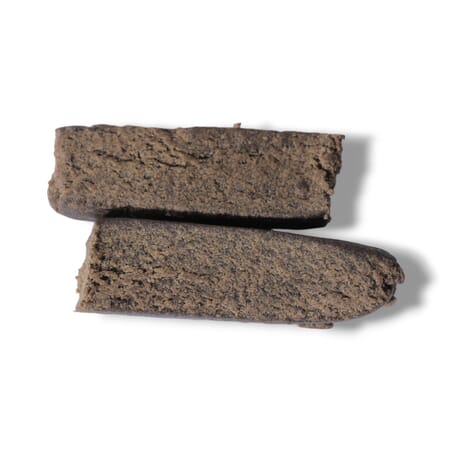
CBD Resins
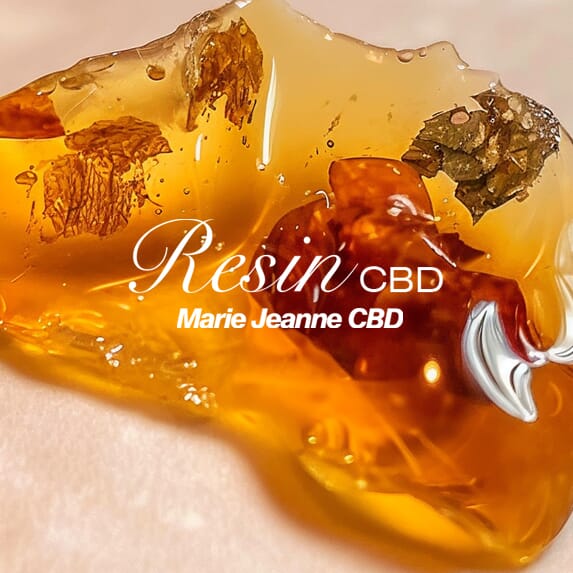
Resins, also known as hash, are among the favorite products of CBD enthusiasts. Indeed, they have numerous qualities: a higher concentration of cannabinoids (terpenes and CBD), a pronounced flavor, and multiple usage possibilities.

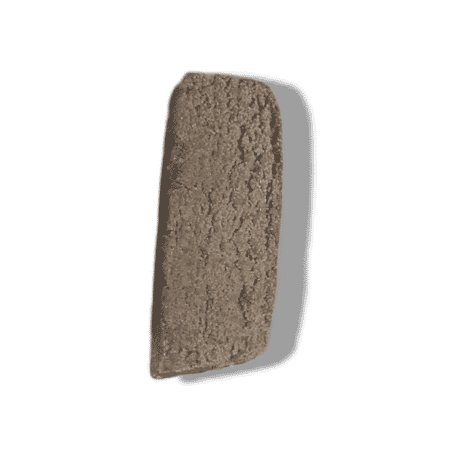
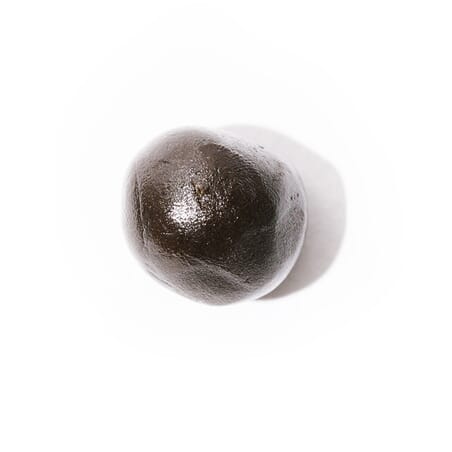
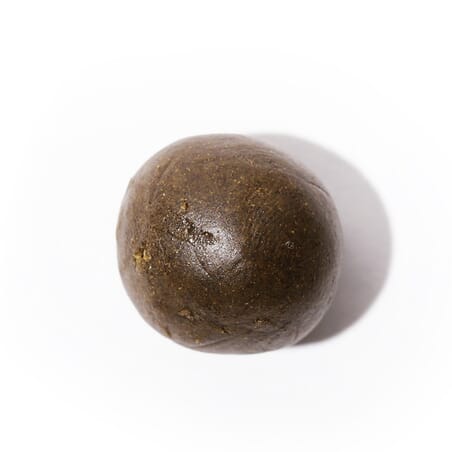
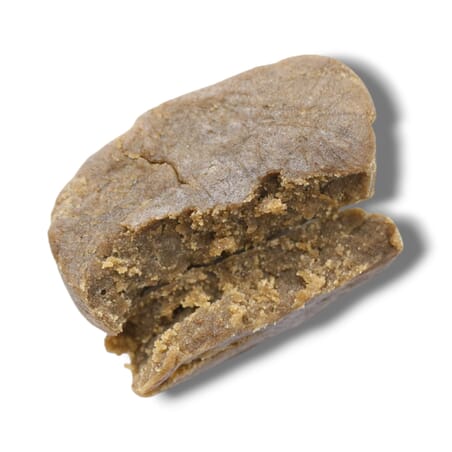
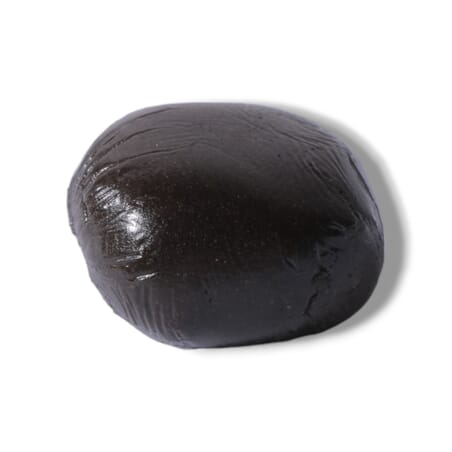
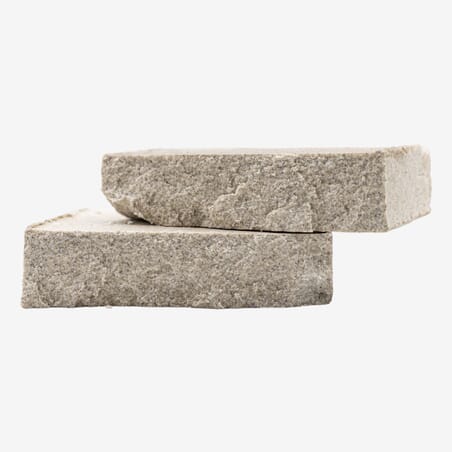
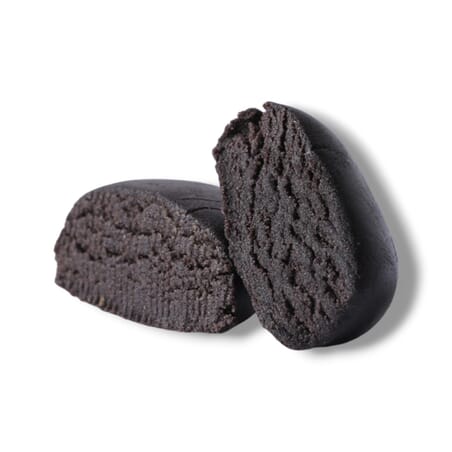
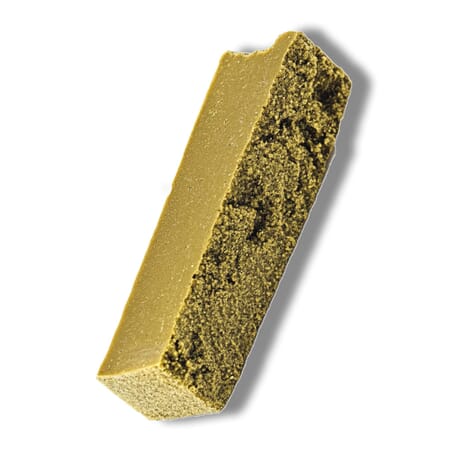
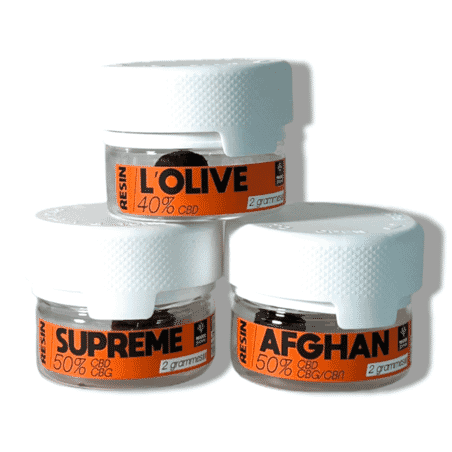

Everything You Need to Know About CBD Resin or Hash
While resins are among the favorite products of cannabis enthusiasts, they still raise many questions, whether about their manufacturing or origin. Let's decipher!
How is CBD Resin Made?
The first step in making CBD resin is to select cannabis plants. At Marie Jeanne CBD ®, we opt for plants from cultivars renowned for their high quality, and we ensure their pure genetic lineage. The plants then undergo the best indoor cultivation techniques, that is, indoors, to ensure stable and controlled growing conditions. These techniques allow for the development of vigorous plants and high-quality flowers. When they reach maturity, the flowers are harvested to extract the trichomes. These resinous glands produce the shiny substance found at the heart of hemp flowers, sometimes called kief or pollen. This resin concentrates most of the plant's cannabinoids, particularly cannabidiol (CBD) and terpenes, which are natural aromas. Finally, the trichomes are pressed together, cold or hot depending on the methods, to obtain this cannabinoid-rich resin with a more or less soft texture.
What is the Origin of Your CBD Resin?
All our cannabis resins are exclusively grown and manufactured in France. However, in order to offer premium products, they sometimes come from hybrids and selections from around the world, or inspired by foreign methods. In our CBD resin catalog, for example, you will find:
- The Afghan CBD Resin, made using ancestral methods from Afghanistan, where cannabis has been cultivated since time immemorial.
- The Ice O Lator CBD Resin is a 100% French product, resulting from a cold pressing method.

Everything You Need to Know About CBD Pollen
While pollen is one of the favorite products of CBD consumers, few of them really know how it is obtained and where it comes from.
How is CBD Pollen Made?
If it is often subject to confusion, it is also because pollen has many nicknames, so it can be difficult to find your way. Popo, kief, skuff, pollen… All these names refer to the same product! Just like CBD resin, CBD pollen comes from the trichomes, that is, the resinous glands present at the heart of the flower. However, it is not the same product, as pollen and resin have not undergone the same manufacturing processes. To obtain it, the trichomes are extracted and then sifted to obtain an airy product that is easy to crumble like our Supreme CBD Resin. It is this material that, once pressed, allows obtaining resin, but pollen as such does not undergo this manufacturing step specific to resin.
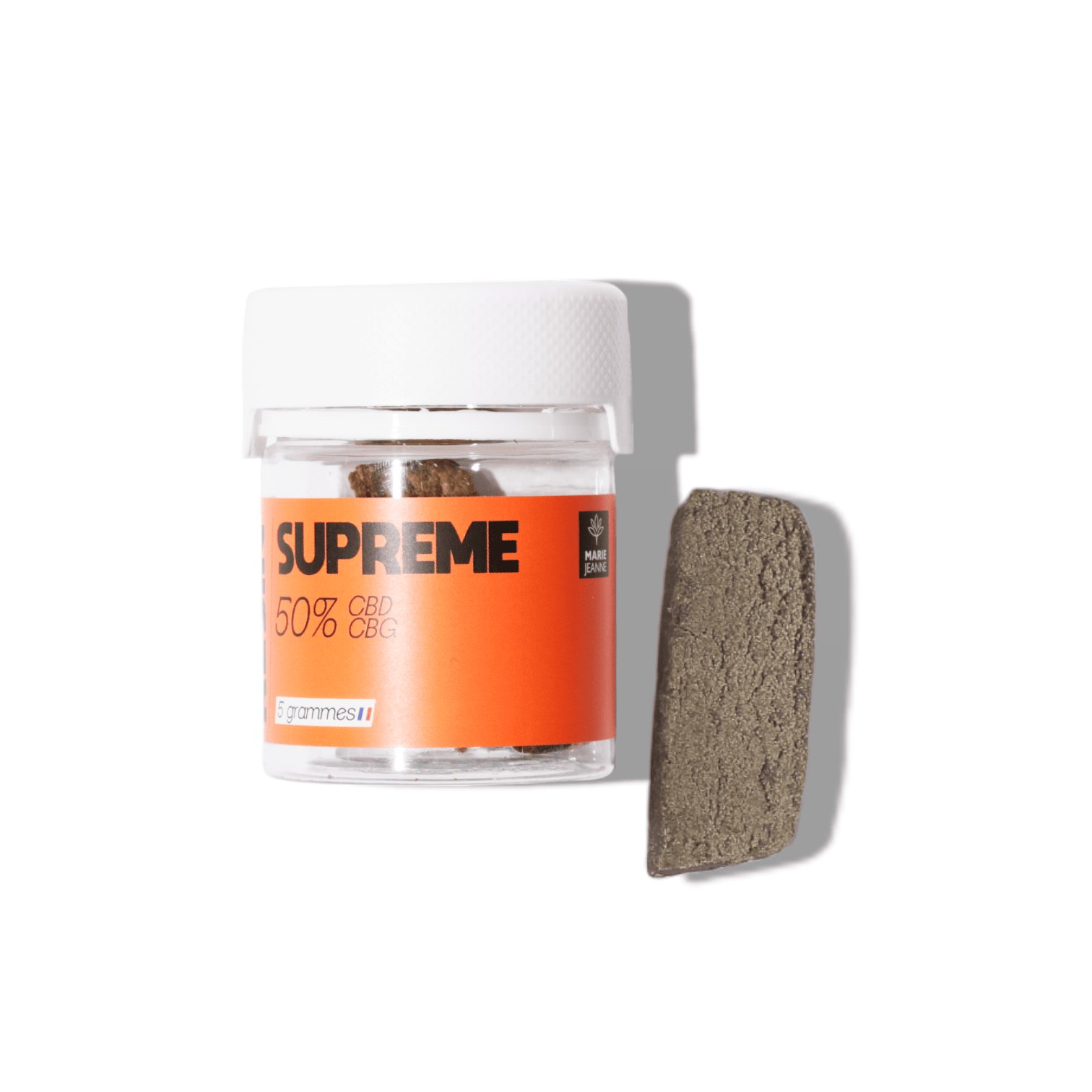
What is the Origin of Your CBD Pollen?
While it sometimes comes from hemp cultivars selected abroad for their premium CBD flowers, Marie Jeanne CBD ®'s pollen is always cultivated and manufactured in France. In our range, you will find, for example, the Supreme de pollen, a highly concentrated pollen with 50% CBD, which is among the best available.
How to Recognize the Best Quality CBD Resin to Make the Right Choice?
CBD resin is a pure concentrate of terpenes, the natural aromas that give cannabis all its olfactory and gustatory power. Thus, a good CBD hash is recognized above all by its powerful smell. It is generally earthy, woody, with more refreshing citrus notes. The smell, however, varies greatly depending on the varieties, but they all have in common a very intense smell. That's why a CBD resin with a weak smell betrays a lack of quality. The color is also a marker of quality. Again, it varies depending on the cannabis cultivar used and the chosen manufacturing methods, and can therefore range from yellow, orange, green, brown, to black, which indicates superior quality. A faded color is to be avoided. The texture can also vary greatly. Depending on the manufacturing processes, it can be soft, dry, greasy, or firmer, without this altering the quality. However, in all cases, it should be slightly sticky when pressed between the fingers. This texture comes from the trichomes and therefore indicates a high presence of cannabinoids. Thus, CBD resins that do not stick at all should be avoided.
Why Choose Marie Jeanne ® CBD Resin?
Our resin comes from plants selected with the utmost care for their qualities. They thus come from cultivars renowned for their premium flowers. These plants are then cultivated indoors, which allows for controlled quality of cannabis flowers by controlling the parameters (temperature, humidity, light...) to which they are exposed. The trichomes are then hand-harvested before undergoing artisanal manufacturing methods that transform them into the best quality CBD resin. Our different resins undergo various manufacturing methods, depending on the desired effects. The Afghan, for example, is the subject of traditional Afghan methods, while the Ice O Lator is the result of cutting-edge cold extraction techniques. Finally, our resins are packaged in airtight and unbreakable containers that protect them from ambient humidity. They are available in different weights (2, 5, 10, 50, 100, 500, 1,000 grams). All our CBD products are cultivated and manufactured in France.
How to Consume Your CBD Resin?
To fully enjoy all the qualities of CBD resin, several options are available to you: By vaporization, inserting crumbled fragments with fingers or a grinder into the chamber of a vaporizer, then heating between 180 and 210 °C By ingestion, integrating fragments into your cooked dishes, space cake, hemp butters, or salads In infusion, letting the tea steep for up to 10 minutes. If CBD resin is not your preferred mode of consumption, our CBD puffs might be the perfect alternative you are looking for.
Are CBD Resin and Pollen Legal Alternatives to Buy?
CBD resin and pollen, like all products sold by Marie Jeanne CBD ®, are subject to French and European legal regulations. They are therefore perfectly legal products. Thus, they contain a THC level below 0.02%. Since 2022, CBD is indeed legal in France, as it is not a psychoactive substance and does not create addiction. Therefore, it is not considered a narcotic and is thus legal.

